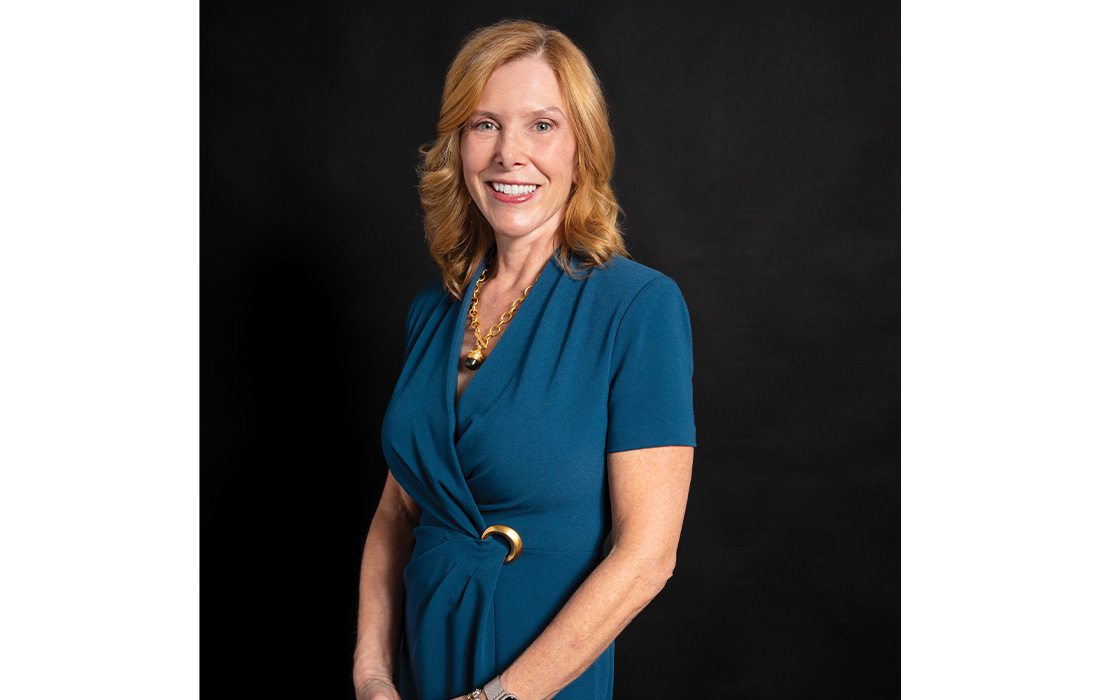
Leadership
How Beth Guyton Encourages Her Team at Mercy Amidst Change
Change is inevitable, and Beth Guyton, vice president of patient experience for Springfield Mercy Communities, fully embraces it.
By Jordan Blomquist
Sep 2024

At Mercy, patient experience always comes first. As the vice president of patient experience for the Springfield Mercy Communities, Beth Guyton is dedicated to this goal. “Patient experience is a reflection of all of our operations,” Guyton says.
PRESENTED BY
The Mercy team wants patients to feel confident in the care they’re receiving, compassion from those giving them care and that people are keeping them well-informed. We discussed with Guyton how she engages her team in launching new changes that impact daily tasks, such as patient care.
Biz 417: When you introduce a change that impacts daily tasks like patient care, how do you initially communicate this to your team?
Beth Guyton: I believe in the wisdom of the front line, so I try to engage them when we know we need to make a change and need to improve something to get their ideas on how we do that. Once we have that engagement, communication is key. For us at Mercy, our mission is so important, as well as connecting with our values and following in the footsteps of our foundress Catherine McAuley. We want to provide compassionate care and exceptional service. I always try to connect the change back to our mission and values.
Biz: What signs do you look for to determine whether the team is aligned with the new procedures?
BG: The proof is in the pudding. If we thought something was going to work well and it’s not, we can always adjust, but it’s pretty obvious when you’re introducing things if it is a change people feel like they can make. With change management, we know if we ask people to do too much too fast, they’re just not going to be able to do it. The other thing is the change has to benefit them. I like a triple win—is it going to benefit the patient, the coworker and the organization? That’s the sweet spot.
Biz: Once a change has been implemented, what practices do you use to sustain it and ensure it becomes part of the team’s routine?
BG: There are all kinds of ways to do that, but if the design is good and it makes the coworkers’ workflow easier, then that change will be more effective. Stories are really powerful. If you can tell a story about how the patient liked the new process or how coworkers found it easier, it makes a difference. For example, something we recently put in place was rounding with the nurses. There was a bit of resistance from our physicians and advanced practice providers, but once we implemented it, they realized it was saving them time because they didn’t have to call the nurses as much.
Biz: How do you gather feedback from your team to ensure that the changes are being implemented effectively?
BG: We have a survey tool that provides reports every week. For anything we’re implementing or monitoring, we have our senior leaders or nursing leaders do rounds with patients or coworkers to ensure it’s been properly implemented. We also have different forums that are more casual, like meetings where we open things up for discussion. We do something called ‘coffee and conversation,’ where we just connect, it’s very casual, there’s not a tight agenda and there’s a smaller group. We talk about how things are going, see if anyone has new ideas and talk about whether what we’ve implemented is working for them.
Biz: How do you celebrate successes in embracing change within your team? How do you share that with others?
BG: We have monthly awards, and we also do a service huddle every week. Every morning, we have an operational huddle for leaders at our hospital. On Wednesdays, we focus on surveys and results for patient experience. One of the celebrations we do is reading out positive patient comments, especially if they mention a specific unit, doctor or coworker.













